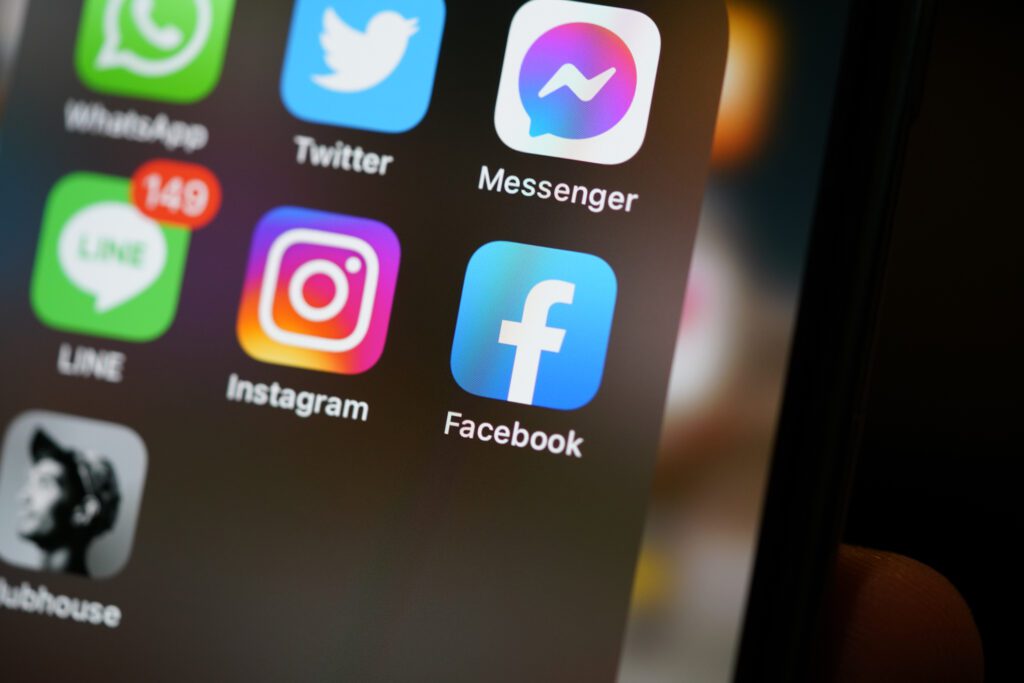How One Dem Firm Tapped Influencers To Help Sway Wisconsin’s Supreme Court Election

Image Credit: P. Kijsanayothin
Turning out young voters has never been easy, but one Democratic digital consultant believes he’s found a winning strategy for marshaling Gen Z: micro influencers.
It’s no secret that the industry for a couple of cycles now has been warming to the idea of using paid influencers with various followings to help campaigns and groups get their messages out. But the emergence of abortion as a top issue since the Supreme Court’s Dobbs decision last June is giving added weight to this strategy.
Case in point: the Wisconsin’s Supreme Court election April 4, which liberal Janet Protasiewicz won by a double-digit margin. Curtis Hougland, CEO of People First, which worked for 501(c)(3) A Better Wisconsin Together, an affiliate of national group ProgressNow, during the campaign, said influencers helped raise awareness of the importance of the down-ballot election for the open seat because of the abortion issue and turnout young voters.
“Our response rates and open rates speak to a real vulnerability that Republicans have,” said Hougland, noting that their effort had 30-plus percent response rates on some communications. “They’re just on the wrong side of the issue, especially in terms of young voters.”
He added: “The obvious takeaways are young people are seeking opportunities to channel their energy into elections. They want to do that where they live and breathe — in social media. They want it to be personal to them and their experience — they don’t want to be told what to say.”
Now, a report that the Biden reelect could lean heavily on influencers shows just how important this outreach strategy will be for campaigns — particularly those on the left — for the next two years.
“For Democrats to engage young people, we have to do it when and where they are open and ready to have that discussion, which often means platforms like Instagram and TikTok, and FaceBook and YouTube,” said Hougland, adding the gun control and minimum wage are also issues that influencers can help drive awareness on.
But for campaigns unfamiliar with the tactic, they’ll have to get over a couple hurdles when it comes to deploying influencers.
One of those hurdles is the fact that the influencers need to be paid. Hougland notes that these payments aren’t large. “No one’s getting rich off of this,” he said. The payments are usually a couple hundred dollars, but paying an influencer for something that volunteers typically do — advocate for a candidate or cause — is something candidates will have to come to grips with.
The other hurdle is giving up complete control of what the influencer posts. Hougland said he creates guides for clients to share with their influencers, pointing them to specific issues to address or language to use. And that the payment ensures that the client gets to make copy editing or other minor changes. But ultimately, it’s up to the influencer to decide what to post. “We lead them part of the way there, and then if they wanted to talk about something else, they were at liberty to do it,” he said.
The most effective influencers are those who don’t post regularly about politics or issues, like a student athlete, or a photographer on Instagram or a digital creator chronicling her pregnancy journey. Personal stories do the best, as do posts in languages other than English. “The more underserved the community, the more likely they are to raise their hand,” Hougland said.
Hougland boosts all the influencer posts, but decides budget based on how they perform.
“We will not be able to predict in advance what content will break through, but once you see it, you kind of understand it,” he said. “They may only have 500 or 1,000 followers, but when I translate it into an ad unit, it’s pretty universally persuasive.”
